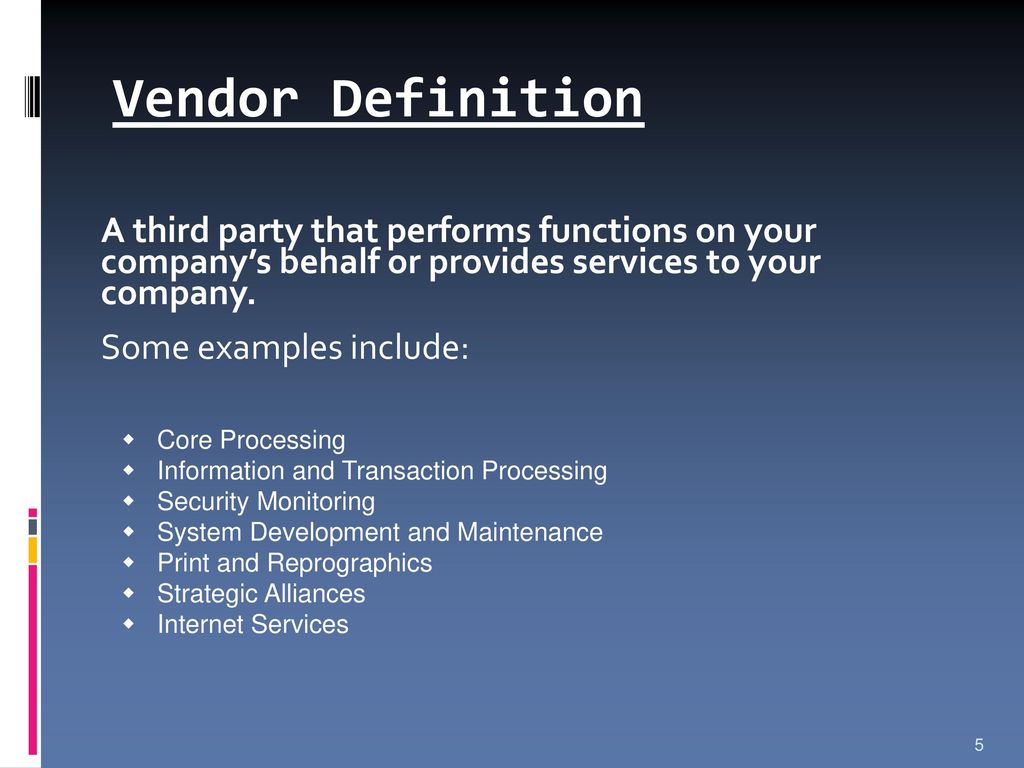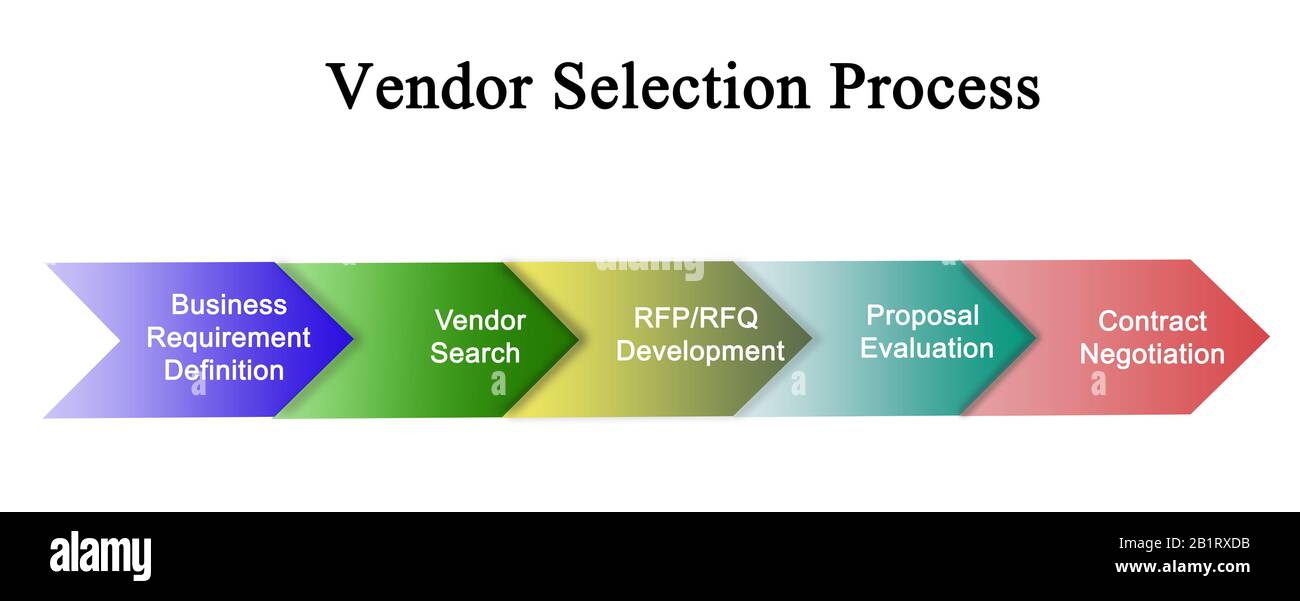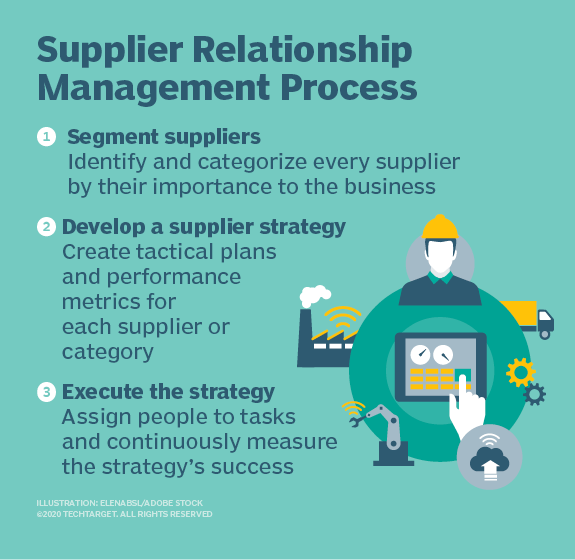The vendor development process is a critical aspect of any business that relies on external suppliers or manufacturers to produce goods or services. This process involves identifying, evaluating, and selecting vendors to work with, as well as establishing and maintaining relationships with those vendors to ensure that they are meeting the needs of the business.
The first step in the vendor development process is to identify the goods or services that the business needs. This may involve conducting market research to determine the best sources for these goods or services, as well as identifying any specific requirements or preferences that the business has. For example, a business may need to find a supplier for a particular type of raw material, or may be looking for a manufacturer to produce a custom product.
Once the goods or services have been identified, the next step is to evaluate potential vendors. This may involve reviewing the vendor's track record, evaluating their pricing and delivery schedules, and assessing their ability to meet the business's quality and quantity requirements. The business may also consider factors such as the vendor's location, as well as their reputation and level of expertise in their field.
After the initial evaluation, the business may select a shortlist of potential vendors and invite them to submit proposals or bids. These proposals should outline the vendor's capabilities and provide detailed information about the goods or services they can offer, as well as the terms of their engagement. The business can then compare these proposals and select the vendor that offers the best combination of price, quality, and delivery terms.
Once a vendor has been selected, the business can begin the process of establishing a relationship with them. This may involve negotiating contracts and establishing communication channels to ensure that the vendor is meeting the business's needs and expectations. It may also involve setting up systems for tracking and monitoring the vendor's performance, as well as addressing any issues that may arise during the course of the relationship.
Overall, the vendor development process is an important part of ensuring that a business has access to the goods and services it needs to operate effectively. By carefully identifying and evaluating potential vendors, and establishing and maintaining strong relationships with them, businesses can ensure that they are able to meet their needs in a cost-effective and efficient manner.
Vendor Development PowerPoint Template

Another category is IT vendor management, which has its own challenges and complications. Negotiation is an effort to reach an agreement, not necessarily a competition, to see who can beat their opponent. Onboard the vendor When your organization and the vendor land at mutually beneficial grounds, Sign the contract and onboard the vendor. Based on your industry-specific requirements, you should look to create a custom solution. The buyer uses or sells the goods or services The buyer then either uses the goods or services they ordered from the vendor for their own business or sells the goods or services to individual consumers, who are the end-users of the products. Simultaneously, data-related risk and the constant evolution of needs and requirements can make IT a management challenge. Here are five steps to help you choose the right offshore vendor from India.
Vendor Management System Development: Types, Benefits & Features

There are lots of moving parts involved in managing vendor relationships. For instance, the emergence of online tools like automation, artificial intelligence, and cloud computing has helped businesses redefine how they contact and select suppliers. Large-scale manufacturers often rely on VOPs. Smaller businesses, in particular, need to approach this carefully and use all the information at their disposal to make wise decisions regarding vendor status. Monitoring vendor performance involves comparing their performance against key performance indicators, including quality and volume deliveries. Here, we explore the five ways you can leverage this web-based system to reap maximum benefits.
Vendor Development helps to improve Value of the Supply Chain

Focus on risk analysis and necessary remediation. The vendor management activities and the level of management required for each vendor will vary, according to the charateristics of the vendor and what products and services it supplies. Executing it properly is a completely different ball game. Take their perspective while establishing new vendor policies or changing the current ones. Collaboration requires MEASUREMENT mechanism to ensure that all members of the vendor development programs, are benefited to ensure success of the collaboration efforts, there must be transparency in sharing accurate costs of both the parties. The C-suite is a strategically oriented organization that will track critical vendor data provided by the vendor management or purchasing team to ensure continuous, smooth, and effective unit maintenance. With critical vendors, in particular, you want to set up a win-win situation that fosters collaboration.
Vendor development definition?

Providing incentives to improve performancec. By automating the vendor selection process, procuring organizations can reduce the amount of time it takes to get started working with suppliers, and overall, make their vendor management more efficient. These activities including researching the IT marketplace for products and services, sourcing and selecting vendors, obtaining quotes, negotiating contracts, managing relationships, evaluating vendor performance, managing deliveries of products and services, and paying the vendor for them. Vendor management is a process that helps an organization onboard vendors and manage the suppliers. Definition and Purpose The buyer reviews and pays the invoice Once the buyer has received the goods or services that they ordered and the invoice for the order, they compare the invoice to the purchase order and the receiving report. Identify vendors for critical commodity development 3.







